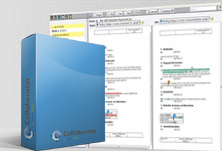

Tradition dictates that peer reviews require time-consuming, mind-numbingly boring team meetings. Meetings that suck up key resources while everyone is sitting around reading through documents together. With the right collaboration tool, you can generate greater productivity.
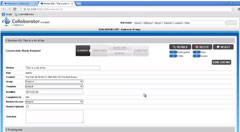
Typically when reviewing documents the poor author is left with a trail of emails to wade through. All of these emails then need to be collated and acted on. What you need is the capability to link comments, chat threads and issues into one review location along side the document under review.

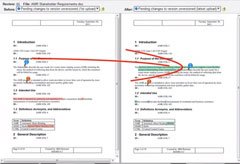
There are many types of reviews; formal, over-the-shoulder, e-mail pass-around, pair-programming, etc. Informal review processes supported with collaboration tools are just as successful as reviews held in formal meetings.

Track defect detection rates and inspection rates to help promote up-take and propagate usage throughout your project teams. This is one initiative that can be driven by the QA team and it quickly snowballs.

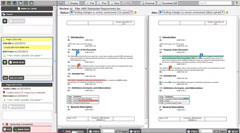
45% of defects can be found during the documentation and code review stages. Finding defects early results in less pressure on the test team when the product is finally released to QA. Uncovering problems early costs far less than fixing defects in production.
Do you need to improve quality and find more bugs with fewer resources? By far the best way to achieve this is with peer reviews. Peer reviews allow you to bring the experience and skills of your QA team into the product development life-cycle right from the start.
This means you decrease rework by preventing defects before code is even written.
Remove defects before software is released to QA, ultimately; saving time, effort and money by preventing problems well before they cascade down the chain.
Change your mindset from finding defects to preventing them, and make huge improvements in quality.
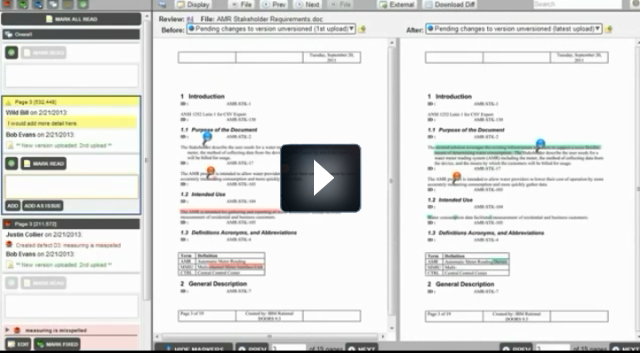
Identifying defects before they turn up in code and production delivers huge benefits to you. You’ll have fewer issues to deal with when you finally receive the release of code into QA, which takes a significant amount of the pressure off of the QA team. You’ll start to move away from that classic project slipping scenario.
With peer reviews, the quality of builds released to QA are far higher, so you’re not left on the back foot towards the end of the project.
Collaborator is the only peer review tool that allows you to review MS Word, PDF, images and source code. It eliminates the frustration with reconciling email comments from multiple reviewers. It removes the complications of tracking defects and ensuring traceability. Install, configure and start finding defects hours in to the start of the project.
Start preventing defects early in the development life-cycle, free up test resources, and produce higher quality code. Then your QA team can concentrate on what matters rather than wrestling with releases that clearly aren’t ready for test.
Download a free 30 day trial of Collaborator and let us show you the difference this can make to the quality of your product releases. Install Collaborator and review just one document to start seeing the benefits.
QA rarely has all the resources it needs to do the job properly. It’s a fact of life we’ve learnt to live with. Yet there are smart solutions that’ll help you make more of the resources you already have. Collaboration and peer reviews have the capability to transform the way you work.
With Collaborator, you have the capability to pull the test function earlier into the project life cycle. Finding more bugs earlier and saving huge amounts of time as your projects progress.
To find out more please contact us at sales@traqsoftware.co.uk
QA Peer Reviews with Collaborator
Start preventing defects earlier in the development life cycle and free up test resources later in the life cycle. Improve quality and find more bugs with less effort.
Sign up for a 30 day free Collaborator trial.
